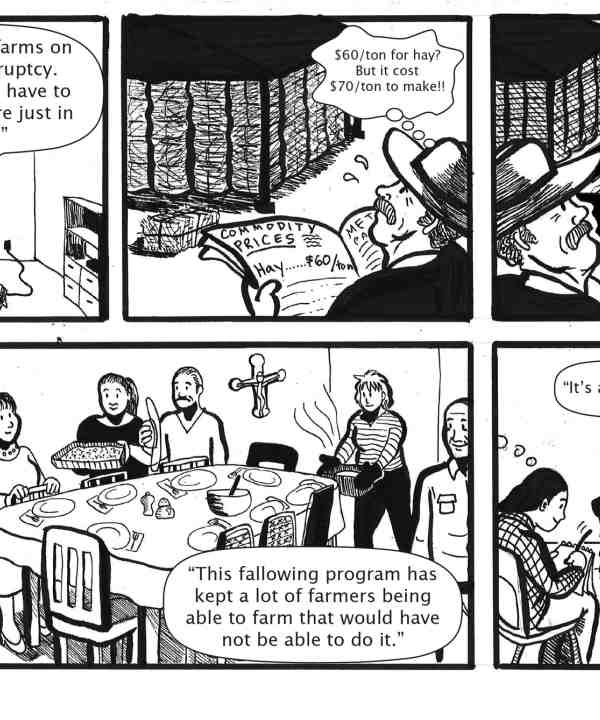September 19, 2013 | Water in the West | Insights
When John Wesley Powell descended the Colorado River for the first time, he and his party were frequently confronted with blind turns and unknown consequences around each bend in the river. They had no maps to guide them and their equipment was only marginally suited to the task at hand. As the saying goes, “the more things change, the more they remain the same.” With more than 20,000 people rafting the river each year, navigation is no longer an issue, but the River is still riddled with dangerous blind spots. Increasing demands for water from the basin’s 25 million people, multibillion-dollar agricultural industry and fragile ecosystem are colliding with unpredictable climate conditions and an ever-changing landscape. The Colorado River is more dangerous than ever.
Over the past several weeks, the basin states and the federal government have begun to implement unprecedented drought contingency plans. While this latest crisis comes as no surprise to some, it is a sobering reminder that the basin is not well positioned to meet demands with limited and dwindling supplies.
One of the most obvious but often controversial ways to meet future demands is to better enable people to buy and sell water rights. A recent report by the Western Governor’s Association details the opportunities and challenges of water markets and transactions. Given that more than 70% of the water in the basin is presently used for agriculture, most of these transactions will lead to the transfer of water from farms to cities. In a process known as fallowing, farmers can choose not to plant crops for a season or more, and sell the water for as much or more than they would have gotten from farming. Fallowing is only possible for annual crops such as tomatoes or lettuce, but won’t work for perennial crops such as orchards or vineyards.
On its face, this is a complex and arguably dull subject. So how does one explain the technical complexities of water transfers and land fallowing but keep the interest of readers? Emily Bookstein (Stanford ’11), a former research assistant with the Bill Lane Center for the American West, has published a brilliant essay on water transfers and agricultural fallowing. Rather than producing a typical white paper or journal article, Emily uses the engaging style of a graphic novel or comic to tell her story.

Bringing her subjects and informants to life, Emily shares diverging points of view and concerns about the land fallowing program in Palo Verde, California, a small agricultural community perched on the Colorado River, near the Arizona border. The dialogue is compelling, her illustrations are vivid, and given the recent news along the Colorado River, her timing is impeccable! With so many blind turns ahead for those trying to navigate the modern Colorado River, it makes sense to equip ourselves with all of the tools we can. Read Emily’s graphic novel on water transfers and agricultural fallowing here.


![[Woods Logo]](/sites/default/files/logos/footer-logo-woods.png)
![[Bill Lane Center Logo]](/sites/default/files/logos/footer-logo-billlane.png)